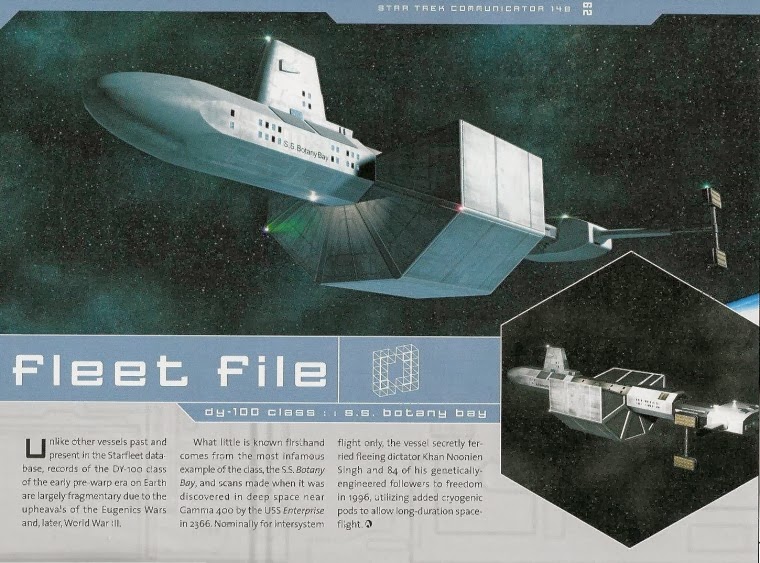 |
| A faux historical account of Earth "pre-warp" |
Warp drive, as enthusiastically a Trekkie I am, was a plot device created by Gene Roddenberry to get his astronauts from "here-to-there" in a reasonable amount of time to tell a story in an hour or less. NASA on the other hand, needs something other than chemical rockets that once the fuels expended to get the rocket into orbit - Newton's Laws dominate. Which is why currently a manned trip to Mars would take ~ 7 months to 300 days, and have astronauts with muscles of mush and bone mass of jello. VASIMR may get us there one day, thanks to the diligent research of people like Franklin Ramón Chang Díaz, PhD.
Abstract
The Alcubierre warp drive allows a spaceship to travel at an arbitrarily large global velocity by deforming the spacetime in a bubble around the spaceship. Little is known about the interactions between massive particles and the Alcubierre warp drive, or the effects of an accelerating or decelerating warp bubble. We examine geodesics representative of the paths of null and massive particles with a range of initial velocities from -c to c interacting with an Alcubierre warp bubble travelling at a range of globally subluminal and superluminal velocities on both constant and variable velocity paths. The key results for null particles match what would be expected of massive test particles as they approach +/- c. The increase in energy for massive and null particles is calculated in terms of v_s, the global ship velocity, and v_p, the initial velocity of the particle with respect to the rest frame of the origin/destination of the ship. Particles with positive v_p obtain extremely high energy and velocity and become "time locked" for the duration of their time in the bubble, experiencing very little proper time between entering and eventually leaving the bubble. When interacting with an accelerating bubble, any particles within the bubble at the time receive a velocity boost that increases or decreases the magnitude of their velocity if the particle is moving towards the front or rear of the bubble respectively. If the bubble is decelerating, the opposite effect is observed. Thus Eulerian matter is unaffected by bubble accelerations/decelerations. The magnitude of the velocity boosts scales with the magnitude of the bubble acceleration/deceleration.
As you read through the paper, please note the possibility of incinerating the star system/planet/people we'd be trying to hurry up and visit ("we come in peace" \\//_?).
I think - as even Star Trek alludes to - our first interstellar space faring will likely be at sub light speed in sleeper ships. Better to crawl first before running: 1/3 c to begin.
Someone will just have to invent inertial dampers since the Higgs Boson has been discovered so we don't kill ourselves or anyone else out there (another convenient plot device to avoid describing space faring humans as "street pizza" due to rapid acceleration).
In light of crawling, colonizing the moon, mining the asteroid belt and establishing a permanent base on Mars would be a good 1st start. Sagan mentioned terraforming the Red Planet or Venus in his book "The Cosmic Connection," which would be a practical solution on a global economy based on consumption. On the Kardashev scale, we are primitive.
Eventually, our toy/sandbox will be empty on the sandlot we're accustomed to playing in. Staying earthbound as a species will soon be the equivalent of not accepting potty training at the age and maturity one ought to be. Kind of gross, too.
Physics arXiv: The Alcubierre Warp Drive: On the Matter of Matter
Brendan McMonigal,∗ Geraint F. Lewis,† and Philip O’Byrne‡
Sydney Institute for Astronomy, School of Physics
A28, The University of Sydney, NSW 2006, Australia
Related:
Amazon: The Physics of Star Trek, Beyond Star Trek; Lawrence Krauss
Comments